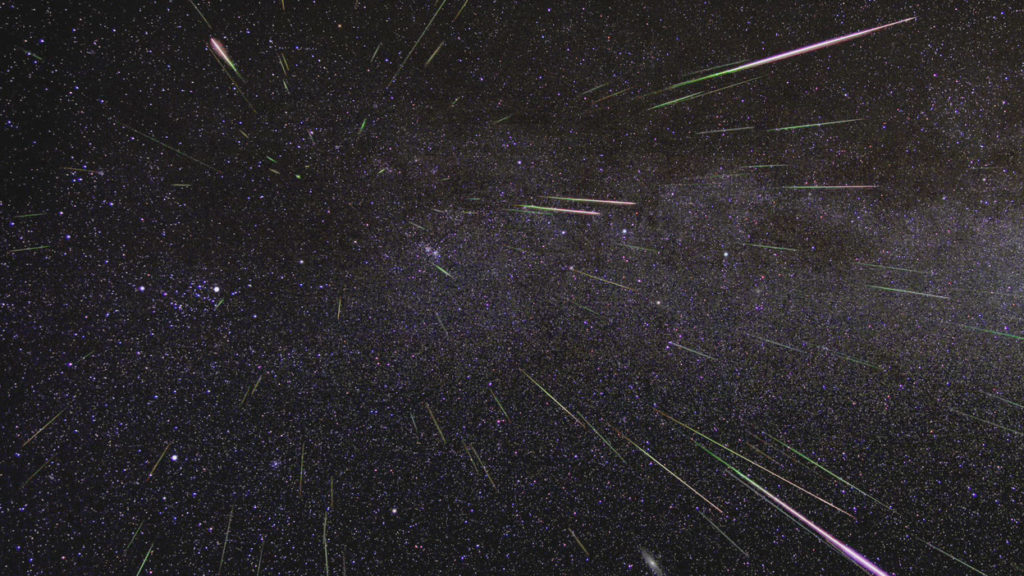
It’s the best celestial show of the northern summer months, one that can be enjoyed without a telescope, camera, or much expertise in celestial matters at all. It’s the Perseid meteor shower, an annual event in which sand-sized bits of an ancient comet streak through the Earth’s upper atmosphere and elicit “oohs and ahhs” from experienced and untutored stargazers alike. [Read more…] about The Tears of St. Lawrence
Share This:

